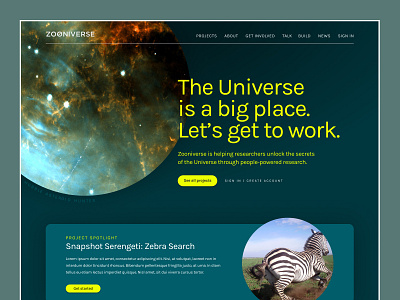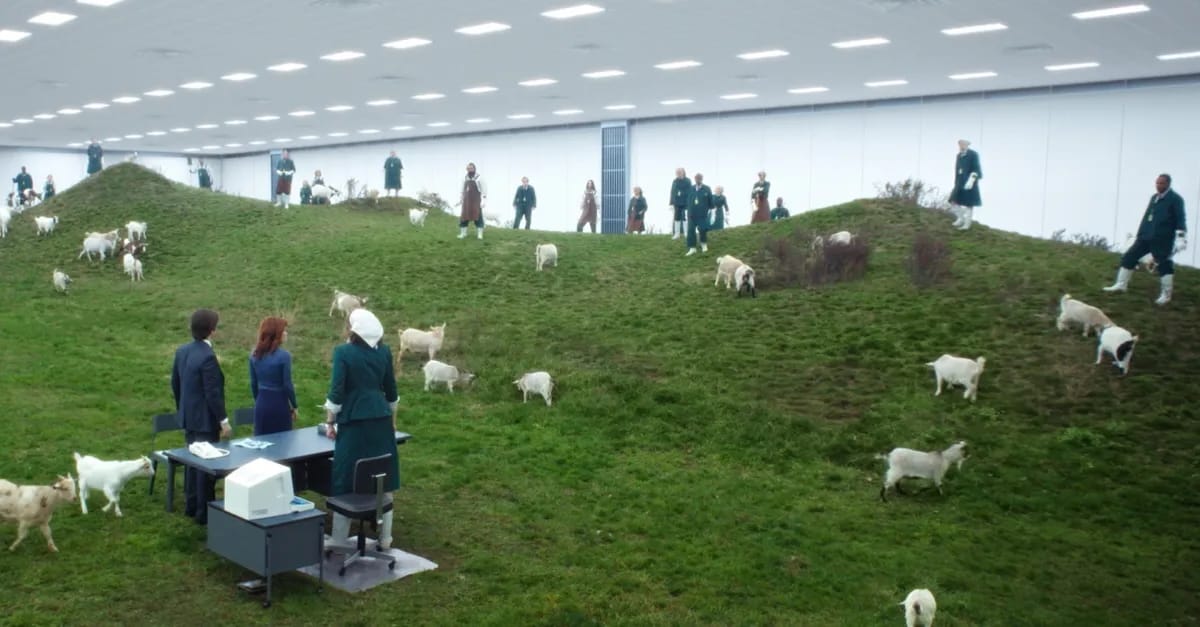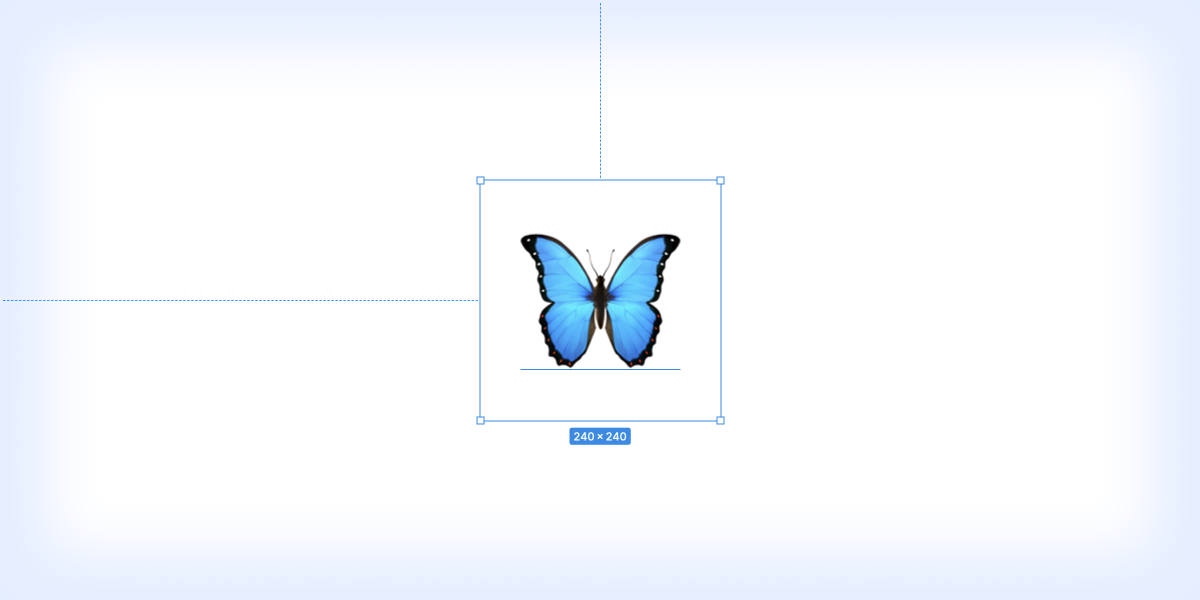The Unsolicited Design System
What if the only way to prompt design system discussion is to do a bad job to begin with?
During Dribbble's peak, maybe 10 years ago, posting an "unsolicited redesign" of people's favorite websites and apps was all the rage. At the time, these were more likely than not a thinly veiled attempt to bring more attention to their work, and I mean, can you blame them? Using your skills to produce promotional material is a clever move, even if it's ultimately "for the likes."

Searching for "unsolicited redesign" is going to provide a lot of results.
Prompting Discussion
I recently attended Design System Day, a conference held by the Government Digital Service where people working on design systems both inside and outside of government gathered to share experiences and ideas.
One of the tidbits that stood out for me was a comment from Michael Palmer, who mentioned their struggles with testing incomplete components. There would be times when these components would be spotted and then requested by other members of the team, regardless of whether they were ready or not. I was hoping to ask Michael if they were using a tagging process for their components, but I never got the chance. Reach out if you're reading this!
On the one hand, it's a sign of a breakdown in the process, but on the other, it's a sign that there is a need. What if we were more experimental with our design systems? What would we discover internally, and maybe externally, from shipping more rough and ready work that focused on exploration rather than precision?
Question for Our Readers
Would you be interested in someone creating an "Unsolicited Design System"? I think it would be interesting to see someone else break down a piece of UI into components, tokens, and assets in almost a reverse-engineering sense. Thoughts on the back of a postcard… I mean, reply via our newsletter if you've signed up.




